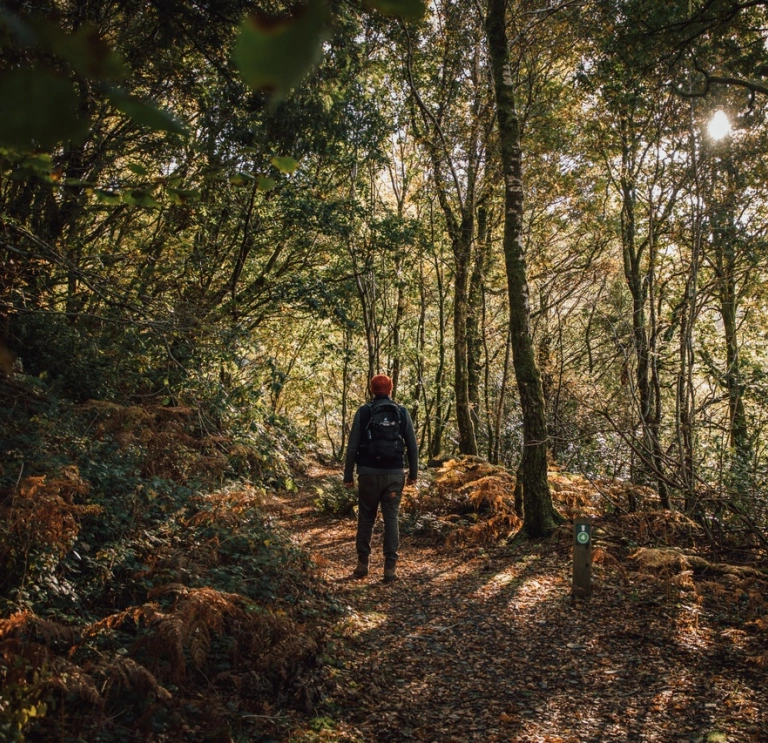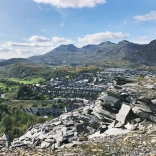There’s a popular proverb in Wales: 'Dod yn ol at fy nghoed'. The phrase, which means to return to a positive state of mind, translates literally into English as ‘to come back to my trees’, emphasising how nature has long been valued in Wales as essential to wellbeing.
And soon there’ll be more trees than ever for the people of Wales – and regular visitors – to come back to, as the country begins work on the National Forest for Wales, an ambitious project that hopes to enrich the landscape of the country and the lives of people who spend time in it.
What is the National Forest for Wales?
The National Forest is a programme to create a network of woodlands that runs the entire length and breadth of Wales, sweeping around the country . This great green corridor would build upon, and protect, areas of existing ancient woodland in Wales, as well as creating new forest areas; ultimately meaning that, one day, humans and animals will be able to walk across Wales without leaving the woods.
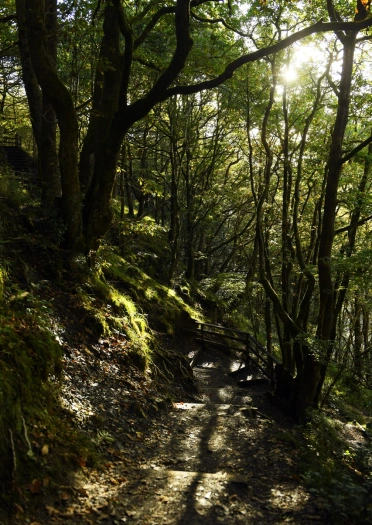
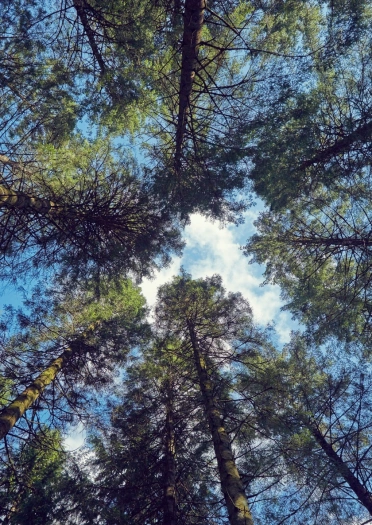
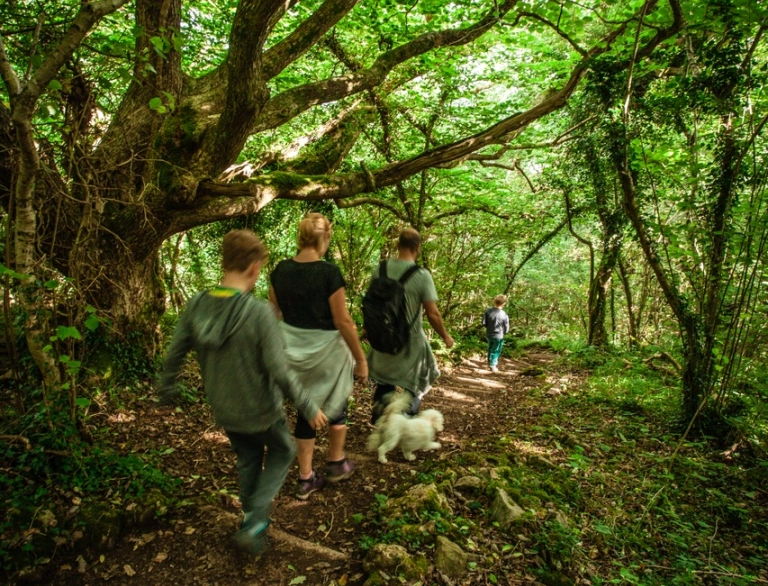
The route of the forest
The route for this country-spanning woodland is set to grow organically as the project unfolds over the coming decades, but the first National Forest sites have been chosen. They are listed as follows.
- Gwydir Forest park
- Clocaenog Forest
- Coed y Brenin Forest Park
- Dyfnant Forest
- Dyfi Forest
- Bwlch Nant yr Arian Forest
- Hafren Forest
- Coed y Bont/Coed Dolgoed
- Presteigne Forest including Nash Wood
- Brechfa Forest
- Afan Forest Park
- Spirits of Llynfi Woodland
- Wentwood
- Wye Valley Woodlands
Why a national forest?
The positive impacts of forests are manifold. For starters, trees improve air quality, notably absorbing carbon dioxide from the atmosphere, which is a major contributing factor to climate change. They also help to prevent flooding, regenerate soil, clean rivers and provide a habitat for a swathe of Welsh wildlife, from foxes and deer to red squirrels and barn owls.
Then there’s the aforementioned benefits trees provide to human wellbeing, with studies proving that spending time immersed in nature can have a positive impact on mental health. On top of this, trees can also provide a source of food and a sustainable construction material for local communities.
Finally, it’s hoped – much like the creation of the epic Wales Coastal Path, which spans the entire coastline of Wales – a National Forest will boost tourism, with eager hikers and nature lovers enticed by long walks in woodlands that will stretch through the Welsh countryside.
Other reforestation projects
Working in tandem with the National Forest for Wales programme is the Plant! scheme. Set up by the Welsh Government in 2008, Plant! sees a tree being planted for every child born or adopted in Wales, so far creating over 140 hectares of Welsh woodlands for future generations to enjoy.
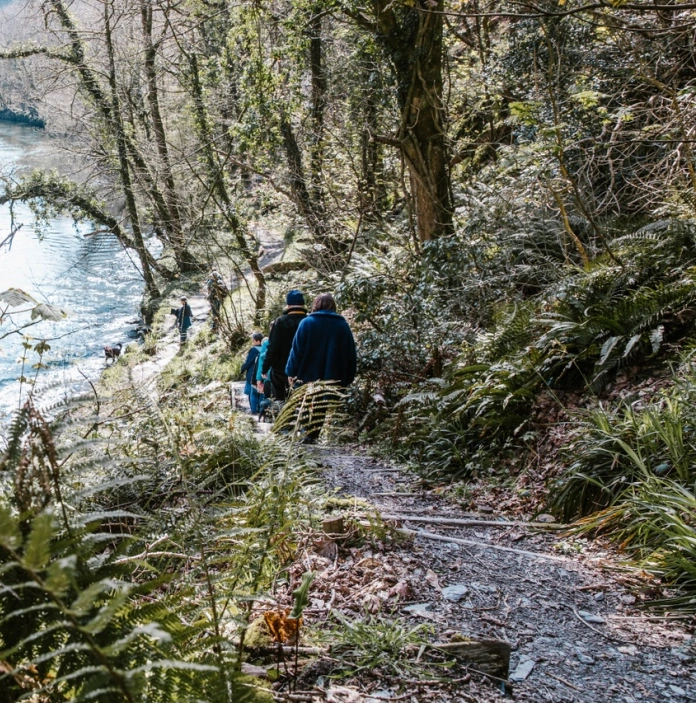
Since 2014, the project has also started planting a corresponding tree in Uganda for every tree planted in Wales. This forms part of the Mbale Trees Programme, an initiative run by the Size of Wales charity to lessen the impact of climate change, and help reduce poverty, in the Mbale region of Eastern Uganda – with a staggering 15 million trees planted to date.
